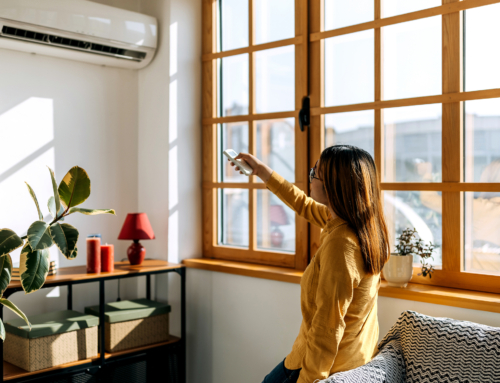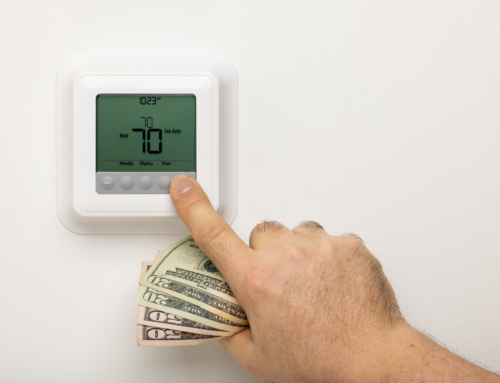The quality of the air inside your home can have a big effect on your health and how you feel. It’s often said that the quality of the air we breathe in our homes can be worse than the air outdoors!
The air in your house is often more polluted than the air outside because of things in your home (like pet dander, cooking smoke, and dust), allergens, and emissions that come from your appliances.
Here are ten good ways to make the air inside your home better to breathe:
- Let that Fresh Air In Often
- During pleasant weather, open windows and doors to let fresh air flow through your home.
- Fans, such as ceiling or exhaust fans, can help eliminate stale indoor air.
- Consider the installation of a whole-house ventilation system to maintain a steady flow of fresh outdoor air indoors.
- Keep an Eye on Humidity Levels
- Use a dehumidifier to help maintain optimal humidity levels. High humidity can promote mold growth and worsen respiratory problems. Repair any leaks in pipes, roofs, or foundations to avoid moisture buildup.
- Minimize Allergens
- Remember to clean often: Regularly vacuum carpets and furniture to eliminate dust and allergens.
- Regularly wash bedding: Bed linens can gather allergens, so launder them in hot water at least once a week.
- Utilize an air purifier: Air purifiers equipped with HEPA filters can capture allergens and pollutants.
- Be Mindful of Chemical Exposure
- Opt for non-toxic items: Pick cleaning products, paints, and other household goods that are devoid of harmful chemicals.
- Refrain from smoking indoors: Secondhand smoke is a notable indoor air pollutant.
- Cook with Proper Ventilation
- Use kitchen hoods: Turn on the range hood when cooking to remove smoke, grease, and odors.
- Open windows: If feasible, open windows while cooking for improved ventilation.
- Monitor for Carbon Monoxide
- Monitor for carbon monoxide: Carbon monoxide, a deadly gas that is odorless, can enter homes via faults with gas water heaters, furnaces, and stoves/ovens. Continuously monitor your home with carbon monoxide detectors, and always ensure they remain in working order.
- Keep Your HVAC System in Good Condition
- Keep up with regular maintenance: Prevent dirty filters and ducts from impacting indoor air quality by maintaining your heating, ventilation, and air conditioning (HVAC) system.
- Be sure to follow the manufacturer’s suggestions for replacing HVAC filters and replace them according to the recommended schedule.
- Track Indoor Air Quality
- Consider using air quality monitors, which are designed to detect a wide range of pollutants and allergens present in the air inside your home. This can be particularly helpful in identifying and addressing any potential air quality issues.
- Reduce Your Use of Volatile Organic Compounds (VOCs)
- To reduce exposure to volatile organic compounds (VOCs), it’s important to steer clear of products that contain high levels of VOCs, such as specific types of paints, adhesives, and cleaning supplies. Instead, opt for products that are labeled as low-VOC or zero-VOC to minimize your exposure to these potentially harmful compounds.
- Incorporate Houseplants into Your Decor
- Indoor air quality can be improved by incorporating natural air purifiers in your living space. Some excellent options for houseplants that can effectively filter pollutants from the air include snake plants, peace lilies, and spider plants.”
By implementing these measures, you can significantly enhance the air quality within your household, establishing a more salubrious living environment for yourself and your loved ones. For more information and assistance with improving the air quality in your home, contact A-1 Heating & Air, Inc. today!






